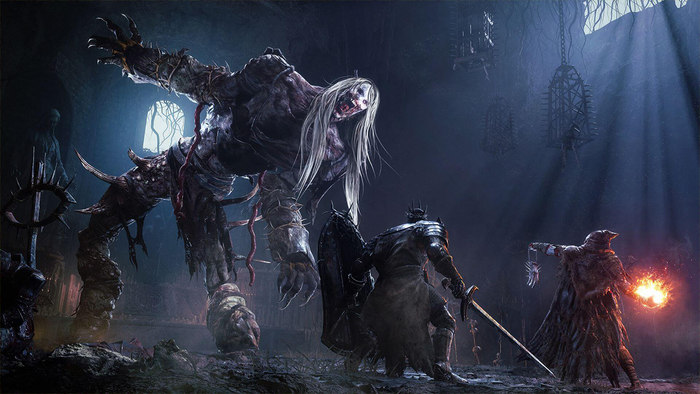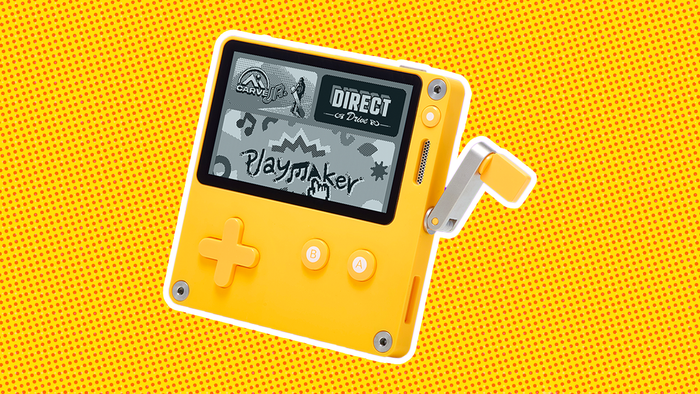In today's main Gamasutra feature, longtime UK-based game designer and producer Tom Heaton discusses how observation and action interact in video game design, taking the ...

In today's main Gamasutra feature, longtime UK-based game designer and producer Tom Heaton discusses how observation and action interact in video game design, taking the Burnout series as an example of the 'circularity of the gameplay experience'. In the following excerpt, Heaton begins to outline his model: The model contains only two components – the player and the game. The player is a human who has elected to play. The game is a system that the player interacts with - crudely speaking, everything that is not the player is part of the game, including other players. All information about the game is conveyed to the player through clearly defined output channels and all the player's actions in the game are carried through clearly defined input channels. Gameplay occurs when the player interacts with the game. But in this model, the interaction is not random, it is a flow of information from the game to the player and from the player back to the game. The interaction is circular – the flow is always in the same direction and no stage can be missed. You can now read the full Gamasutra feature on the subject, including an example of how the model works in Burnout 3: Takedown (no registration required, please feel free to link to this feature).
About the Author(s)
You May Also Like







